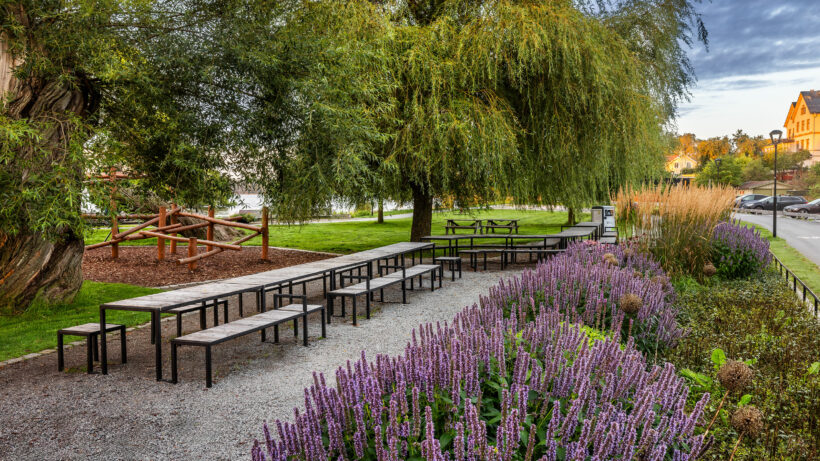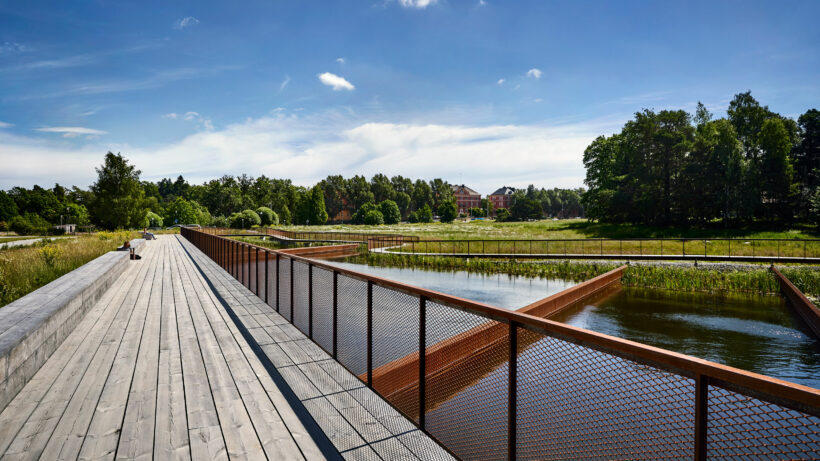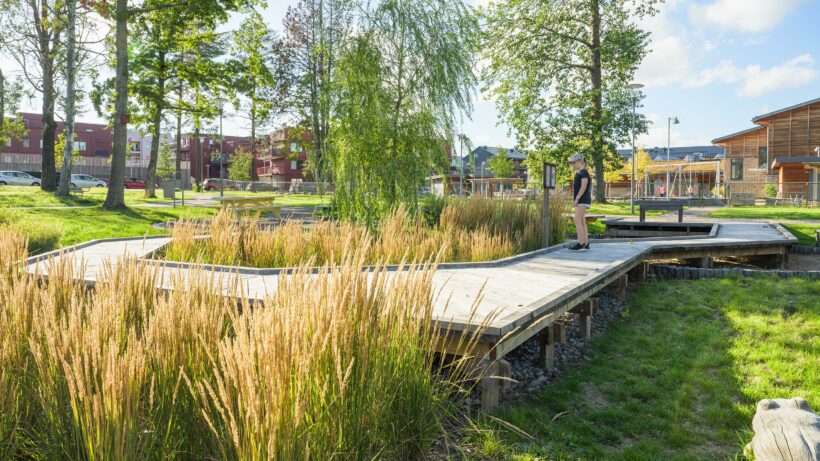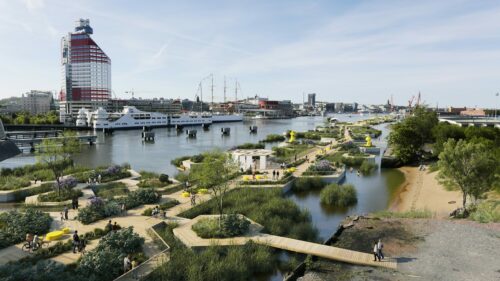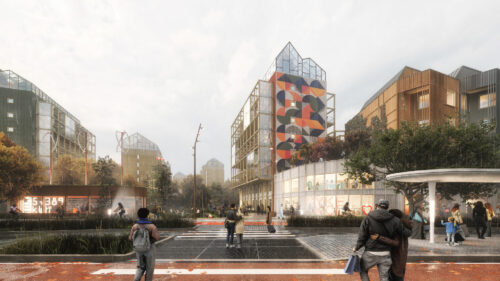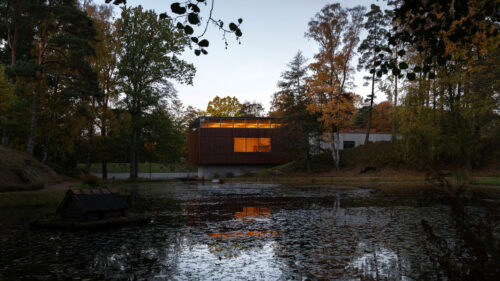With smarter urban planning, we include the nature as optimally as possible in our daily lives. Resilient ecosystems provide important values for our survival, health, prosperity and quality of life. Such ecosystems offer us services and functions that have proven to be superior to equivalent technological solutions, and they often create positive synergies.
Creating value through ecosystem services
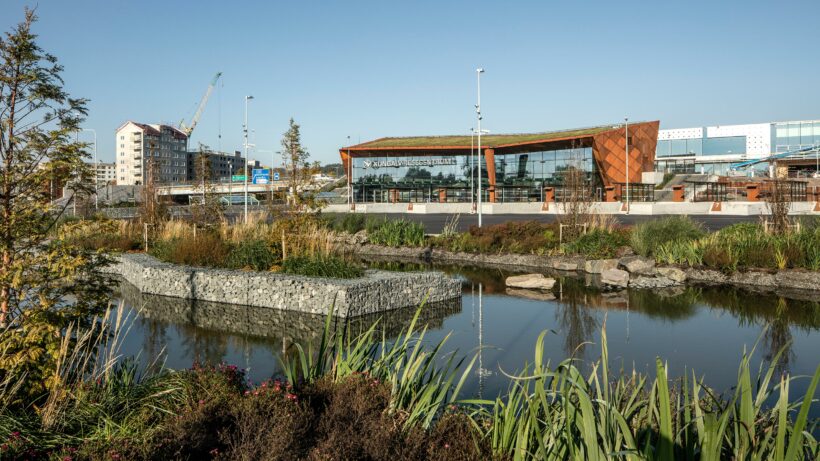
Increased land value through eco-system services
We use ecosystem services to develop long-term, vibrant cities where people want to live and work. The attractiveness of living near a park or green space is reflected in property values, and differences in property prices can be used to assess how much people are willing to pay for the surrounding environment.
Access to a park is one of the urban qualities that has the greatest impact on the price of a condominium, according to Boverket, the Swedish National Board of Housing, Building and Planning. In Stockholm, Sweden, the price of a condominium with access to a park within one kilometer increases by up to 2300 SEK/sqm of living space. The more parks in close proximity, the greater the price increase.
